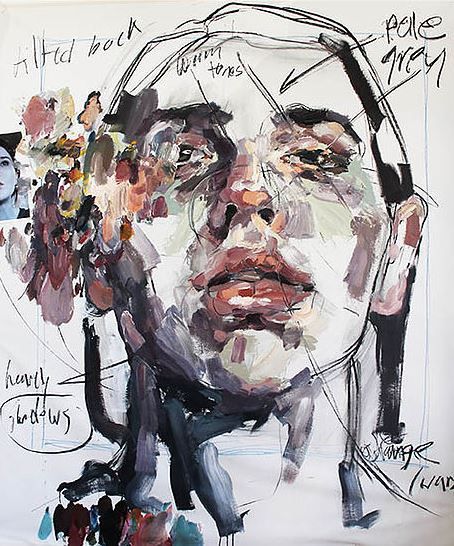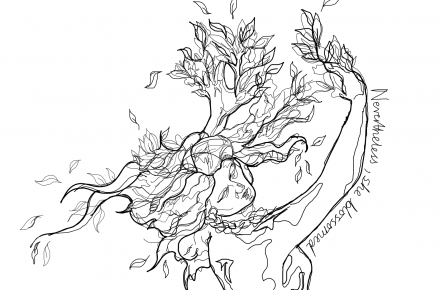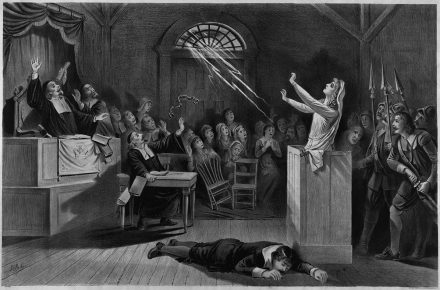Elly Smallwood is a Canadian artist, whose paintings focus on issues surrounding female sexuality, LGBTQ sex, fetishes, and related material. Her work has distinctly feminist undertones, as it often protests dominant, and inherently male, perceptions of female sexuality.
From observing Smallwood’s work, I can see that she has developed upon the foundations of what could be considered as the First Wave of feminist art. She has especially encapsulated an aspect of the feminine experience, by using vaginal imagery, the motif of flowers, and also staging her subjects in a composition that defies those expectations traditionally set for women.

Across her work, her colour palette remains consistent, with the employment of subtle warm pink, red, and orange hues. I especially loved how she has embraced the colour pink in her work, to extol feminine virtue. Whilst many contemporary female artists rejected this colour as a means of defying traditional socialisations (women = pink, men = blue), and opted for bright, bold colours, Smallwood’s use of the colour is nevertheless just as symbolic. In the Western sphere, for a long time, pink was associated with harmlessness, innocuity, and inevitable popularised as a feminine shade.
Yet, attempts to reject this association came at the expense of denigrating the virtues of femininity itself. However, the turn of the 21st century saw a reversion to accepting pink and diminishing the connotations of fragility that were previously attached to it. From the emergence of the ‘Gulabi Gang’ in India, to the dominance of pink in women’s protest marches, Smallwood’s work gives the colour pink a potency that previous artwork lacked. Her bold, statement uses of pink and red, to paint flowers, women’s genitals, as well as facial features, emancipates femininity from its connotations of fragility.
 I also love the way in which Smallwood paints the female body; she has been known to use a variety of body types that deviate from the tradition female body that is often constructed under the male artistic gaze. In particular, Smallwood’s amalgamation of flowers, superimposed onto a figure of the female body, both enhances the delicacy of it, whilst the bold outline attributes it with a degree of agency and power. The brush strokes are big, bold, and encompass the fluidity and ever-changing nature of the body – it is never static.
I also love the way in which Smallwood paints the female body; she has been known to use a variety of body types that deviate from the tradition female body that is often constructed under the male artistic gaze. In particular, Smallwood’s amalgamation of flowers, superimposed onto a figure of the female body, both enhances the delicacy of it, whilst the bold outline attributes it with a degree of agency and power. The brush strokes are big, bold, and encompass the fluidity and ever-changing nature of the body – it is never static.
Smallwood uses expressionism as a medium to convey her ideas; her work therefore reflects her own perceptions of femininity and female sexuality. In my opinion, this underpins the very notion of feminism – the fact that there is no one set image that constitutes this theme, but rather it is an expression of all our individual thoughts and experiences. Her work demonstrates how art can be a powerful tool to express our identity and has inspired me to create art in a more abstract, expressive way.
Riddhi Kanetkar
Image credits (header included): https://www.elly.ca/paintings









